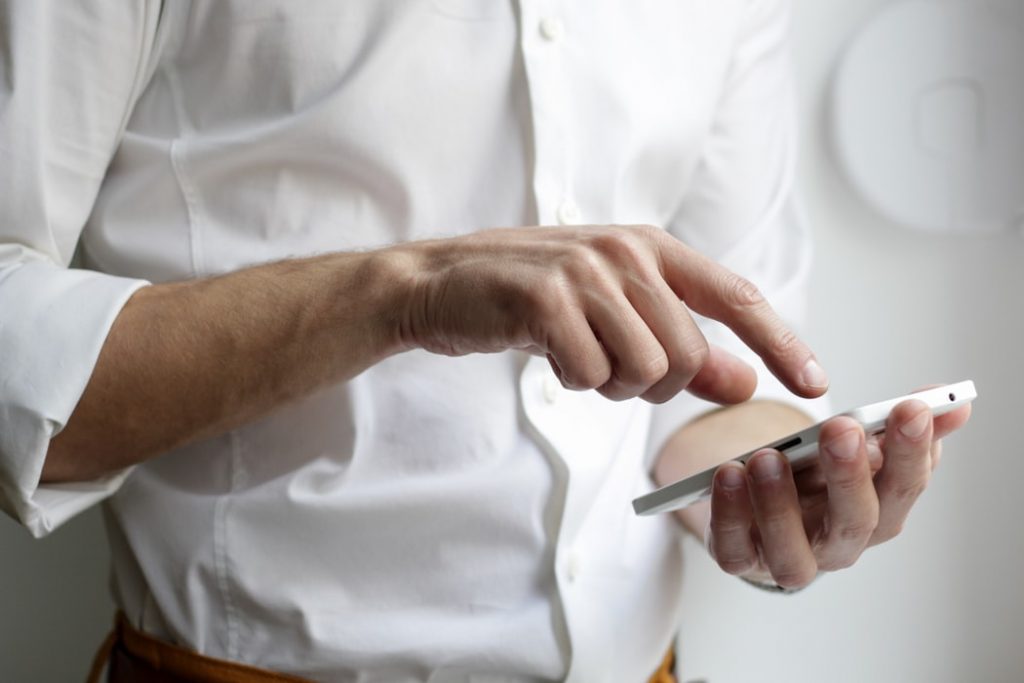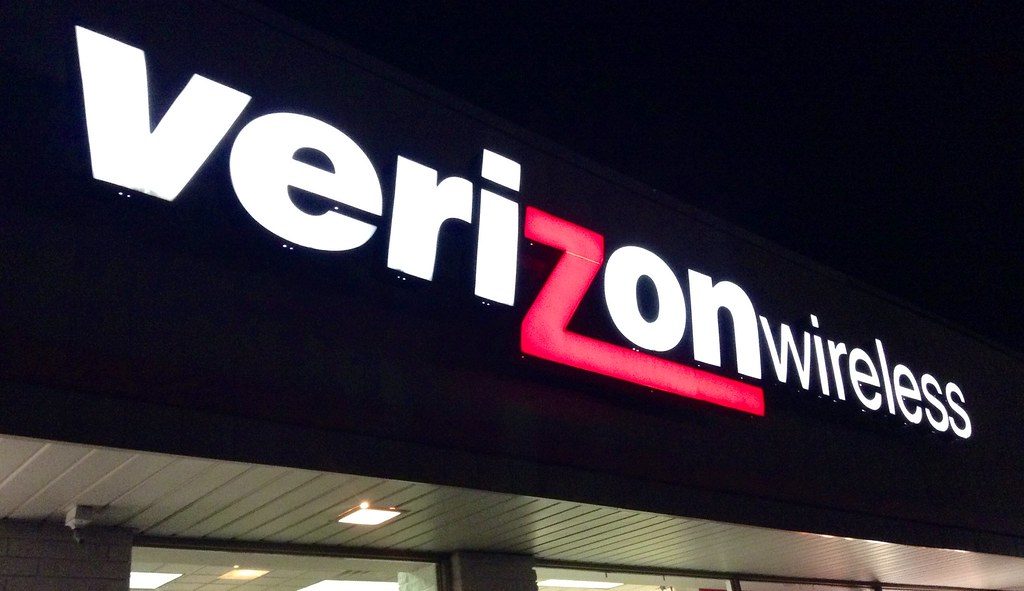Let’s say that you’ve decided the time has come to switch phone carriers. Maybe your current one doesn’t have great coverage. The perks being offered by another provider might sound good to you, or perhaps you don’t like the customer service being offered by your present carrier. Whatever the reason, though, you’re sure that you want to keep your current phone. Let’s talk about how you can do that as you make the switch to a new service provider.

What are the Benefits of Owning Your Own Cell Phone?
There are some individuals who only lease their cell phones. When they go with a carrier, they see what kind of phones they have, and then they rent one for a set amount of time, like one year, or two.
There are some advantages to doing this. The biggest one is that you don’t have to drop a large amount of money, particularly if you like having the latest phone and all the tech that comes with it. The newest iPhone or Android can easily cost you $1,000 or as much as $1,300 if you insist on the most top-of-the-line version.
The only problem there is that at the end of the service term, you have to give the phone back. You could look at it as the equivalent of renting a home rather than buying one. When you rent, you’re not establishing equity, and that goes for things like electronics as well. When the term is up, you are no closer to ownership.
However, it should be noted that there are some exceptions, depending on the terms of your service agreement. Some cellular service providers will give you a rent-to-own option. In those cases, at the end of the one or two years, you’ll be given the opportunity to buy the phone you’ve been using. The money that you’ve spent already to lease the phone will go toward the purchase price.
If you have fallen in love with that phone, then it’s at least worth considering. Alternatively, if you’re one of those people who has to have the latest tech, you can turn in the phone for a newer model. At that point, though, you’re starting off back at zero. A year or two down the road, you’ll be given the option to buy again.
How to Switch Carriers if You Already Own a Phone?

In other cases, though, you might have bought your phone on your own. You can buy them without needing a service contract by going directly through the Apple Store, through kiosks at malls, online through various websites, as well as many other options.
Once you have that phone, it is incumbent upon you to contact a service provider and get set up with a plan if you want to enjoy its full functionality. It is true that there are some things you can do with your phone without needing a service plan. You can listen to music on it, for instance. However, most individuals who own a phone want to get the most use out of it, and that means figuring out which service provider and plan seems to fit you best.
Once you have that provider, you might be happy with them, or you may not. If the time comes that they’re not working for you for whatever reason, then if you own your own phone, you’re going to have to ascertain how to switch phone carriers and keep your phone.
How to Switch Phone Carriers
The first thing that you will need to do is figure out whether the carrier to which you are switching will accept the kind of phone that you have. The way to do that is to ask them. Contact them via their website, via their help number, or you can also head to a physical location if there is one near you. Most providers will accept most phones, but every once in awhile, you will get one that is not compatible.
Next, you’ll need to make sure that the phone you have is unlocked. If you have paid for your phone in full, then it should already be unlocked, and this will not be an issue.
If you’ve been paying for the phone via your old carrier through installments, then you will need to pay off any remaining money owed if you want to switch it over to the new provider. If you have had your old phone for more than a year on prepaid service, then it will generally be unlocked.
CDMA and GSM Compliance
Generally speaking, if you followed the steps detailed above, then you should be able to switch your current phone to a new network with no problems. However, there is one more issue related to this topic that is worth discussing.
There are two radio networks that are used by wireless carriers, and they are present in all cell phones. They are GSM and CDMA. CDMA stands for code division multiple access. GSM means the global system for mobiles, and it is the more widely used of the two.
Without getting too technical, suffice to say that these are two competing forms of technology. GSM carriers in the US include T-Mobile and AT&T. CDMA carriers include Sprint, Verizon, and some of their subsidiaries.

The reason all of this matters to you is that when you’re bringing a phone from one network to a different one, it is usually possible to go from one GSM network to another, such as AT&T to T-Mobile. If you wanted to go from T-Mobile to Verizon, for instance, then that wouldn’t be as likely to work.

If you plan on switching networks, a little research is going to be necessary. Strictly speaking, if you’ve been using a GSM network and device and you want to switch over to a different GSM network, then compatibility shouldn’t be a problem. The same holds true for CDMA phones and networks.
If you’re not sure about whether your new carrier is going to be able to support your current phone, you’ll have to ask them. They’ll have a full list of devices that they can use, and they should be able to tell you quickly whether the jump you want to make is possible.

Now, you know how to switch phone carriers and keep your phone at the same time. It’s possible in many cases, but not all. Reaching out to your potential new carrier and asking them some pointed questions is something you’ll need to do. After that, you can take the step of canceling your current contract or notifying your present provider that you’re about to make a change.






